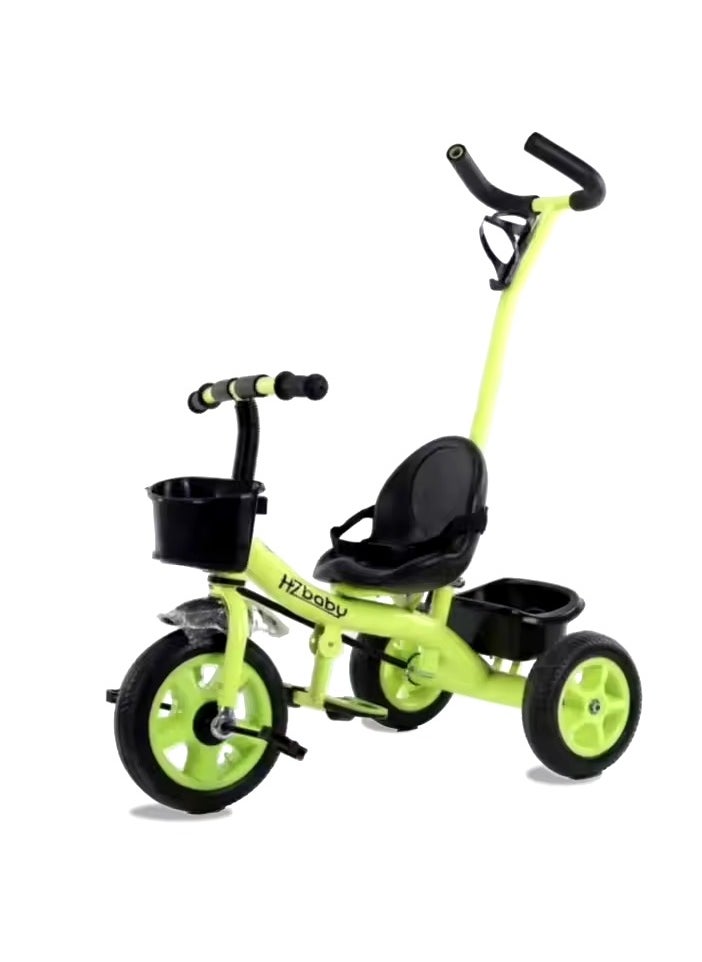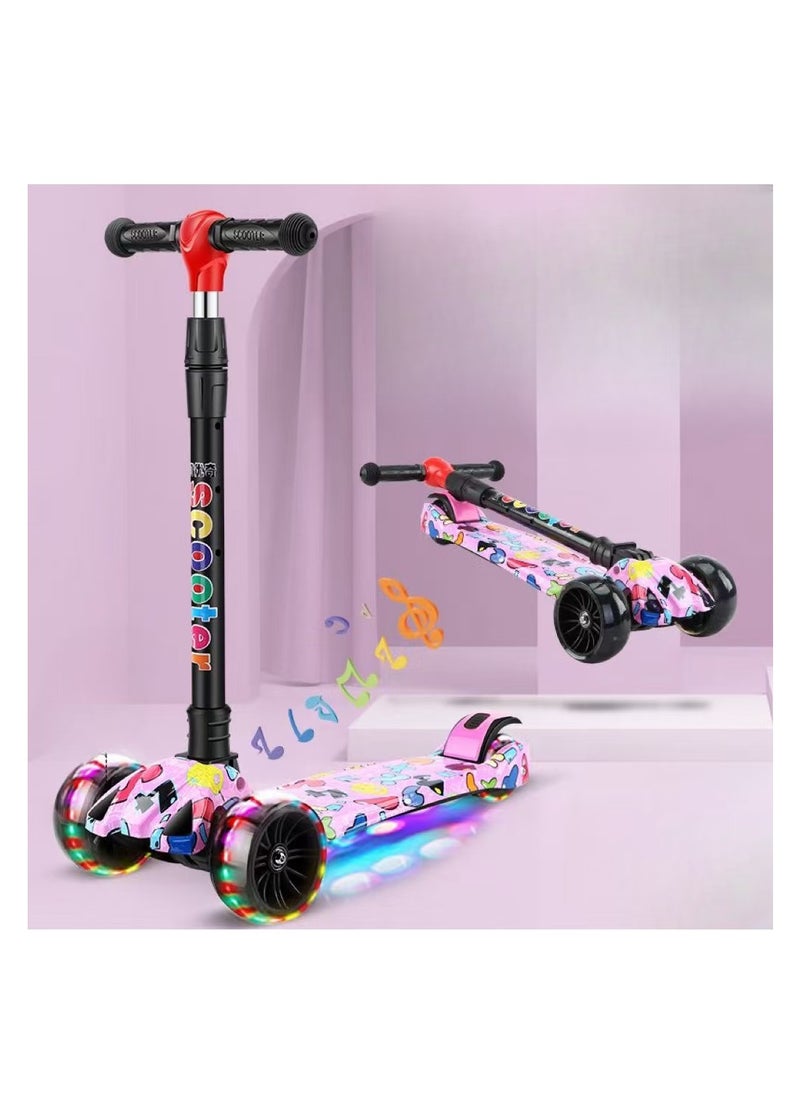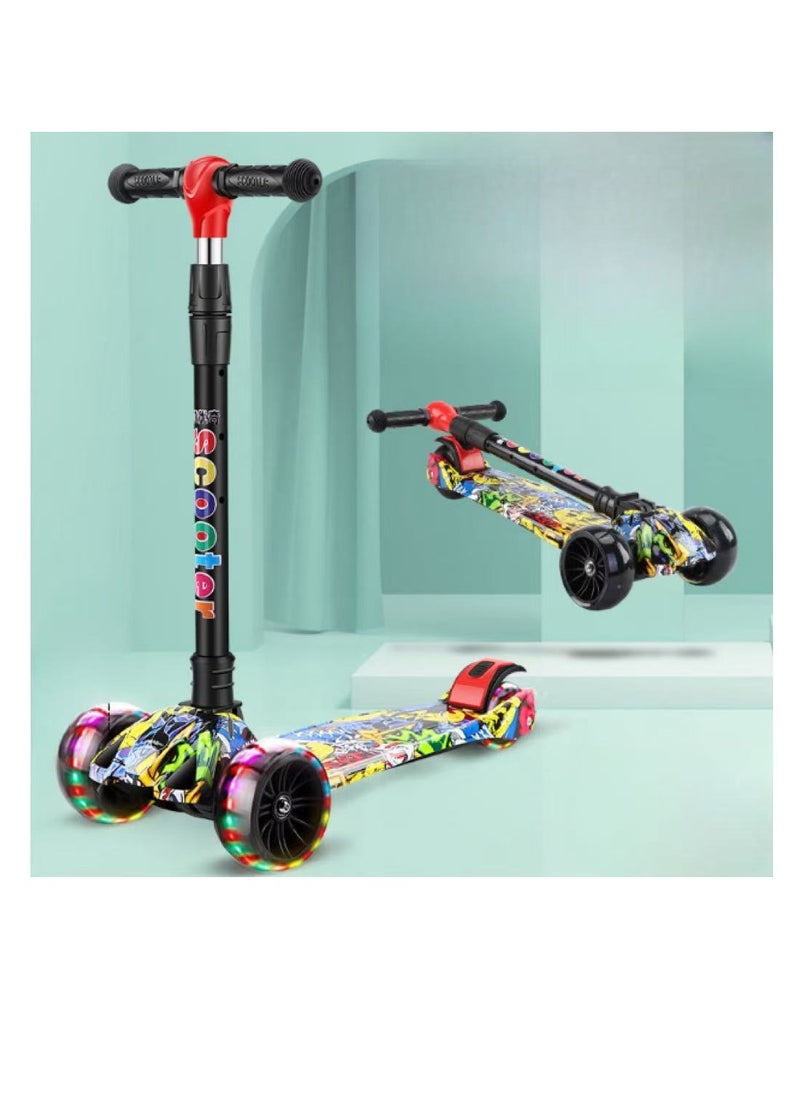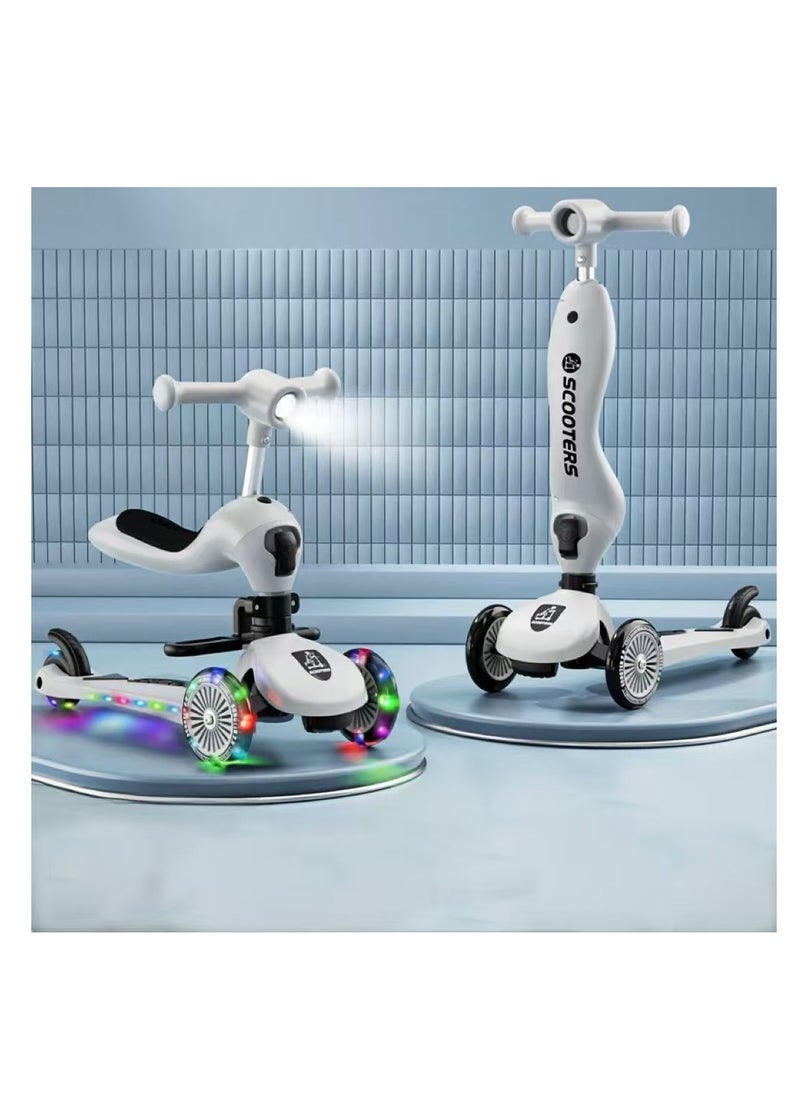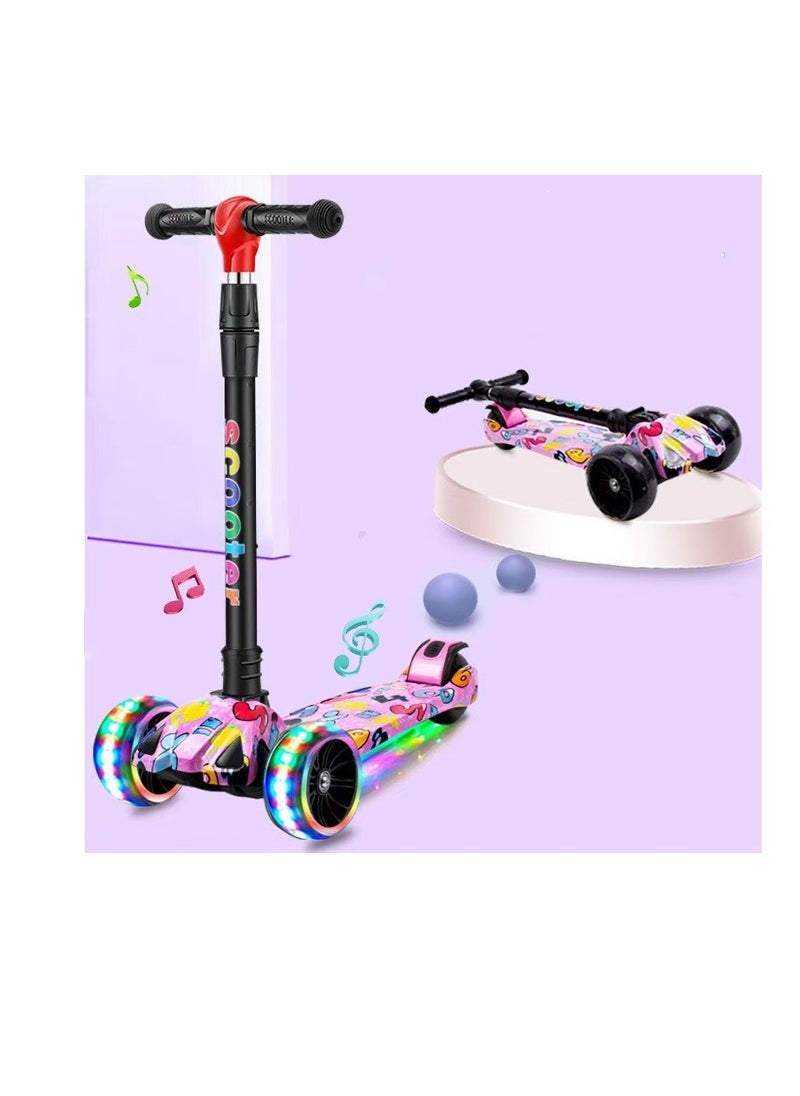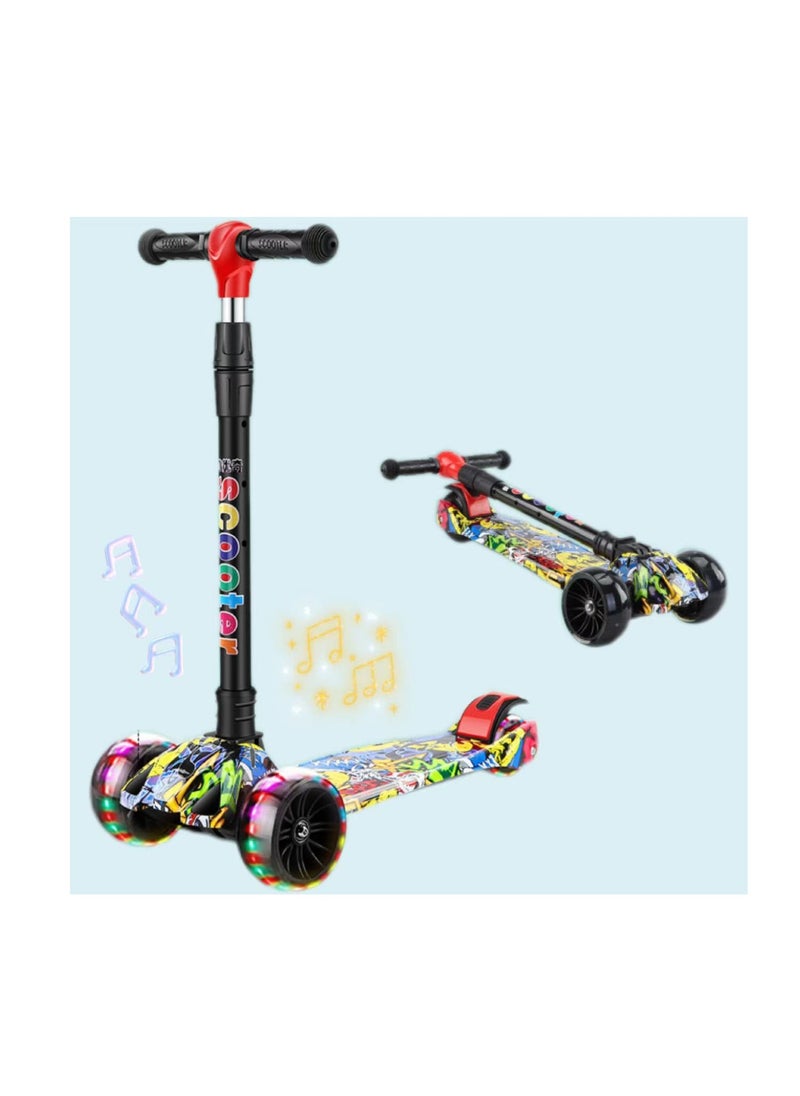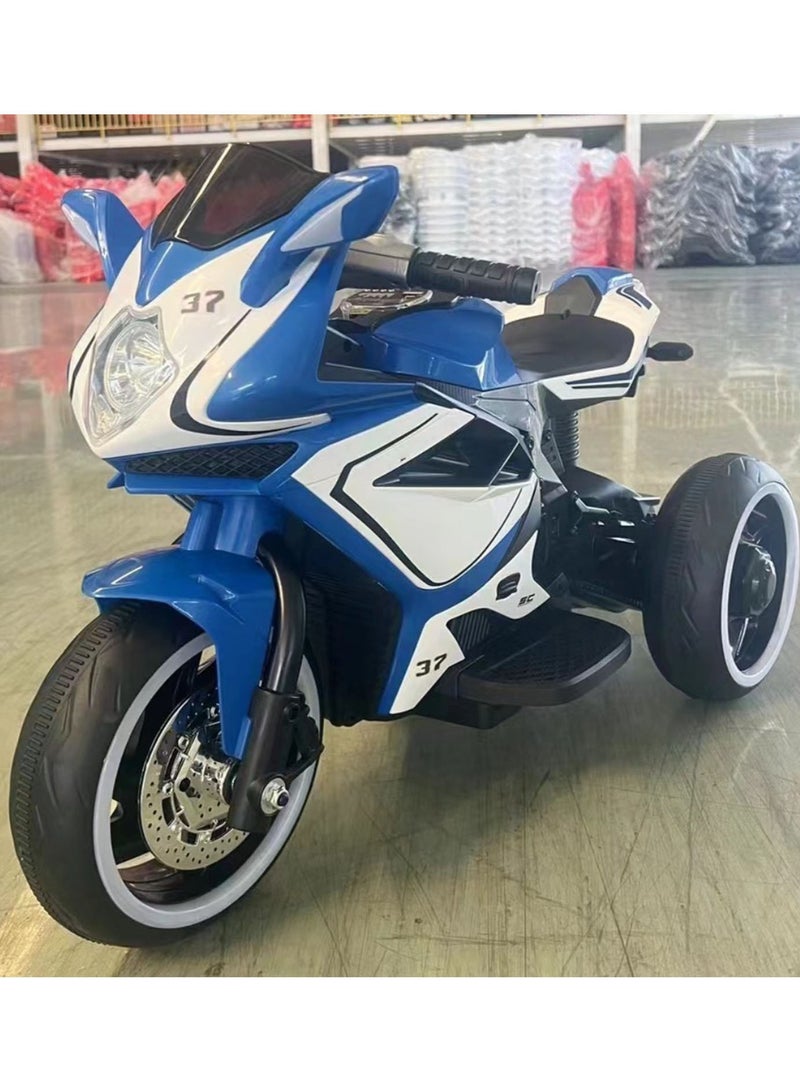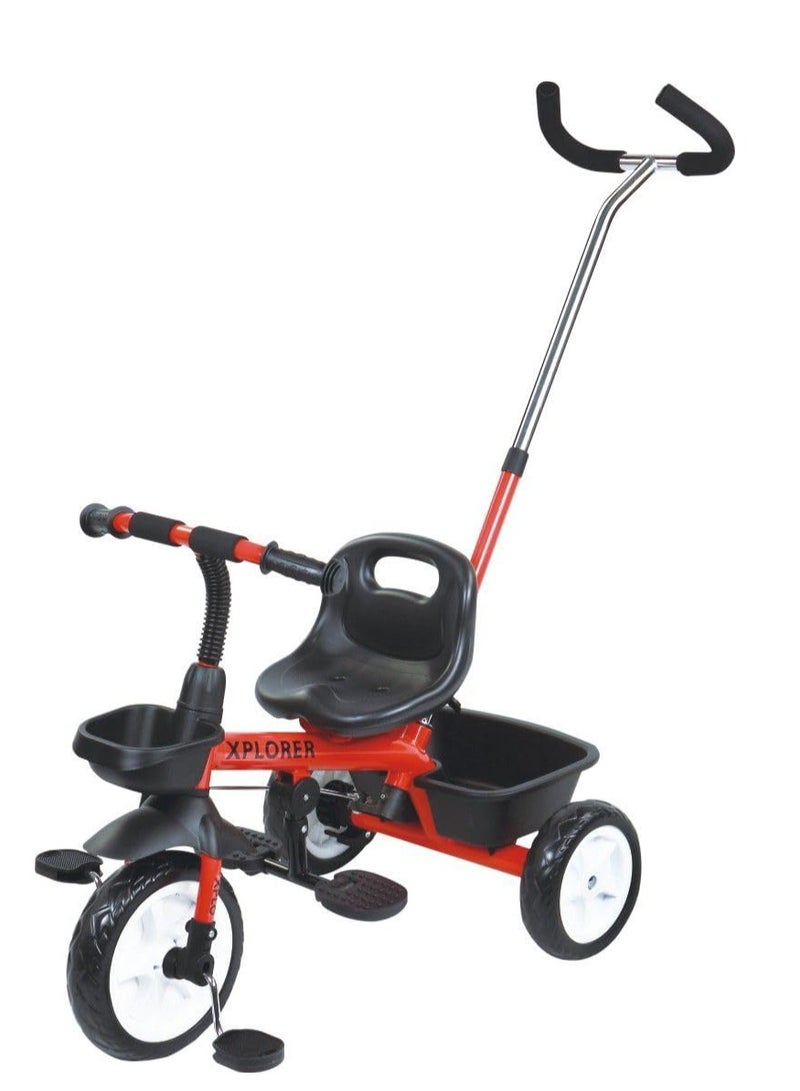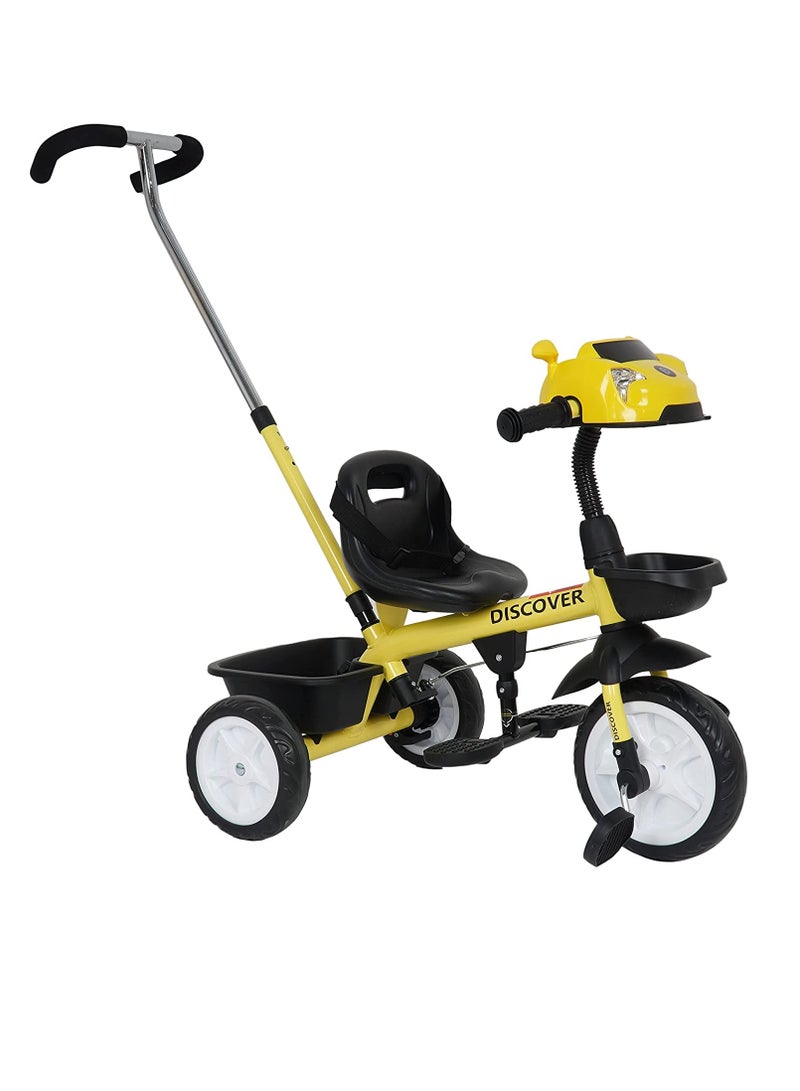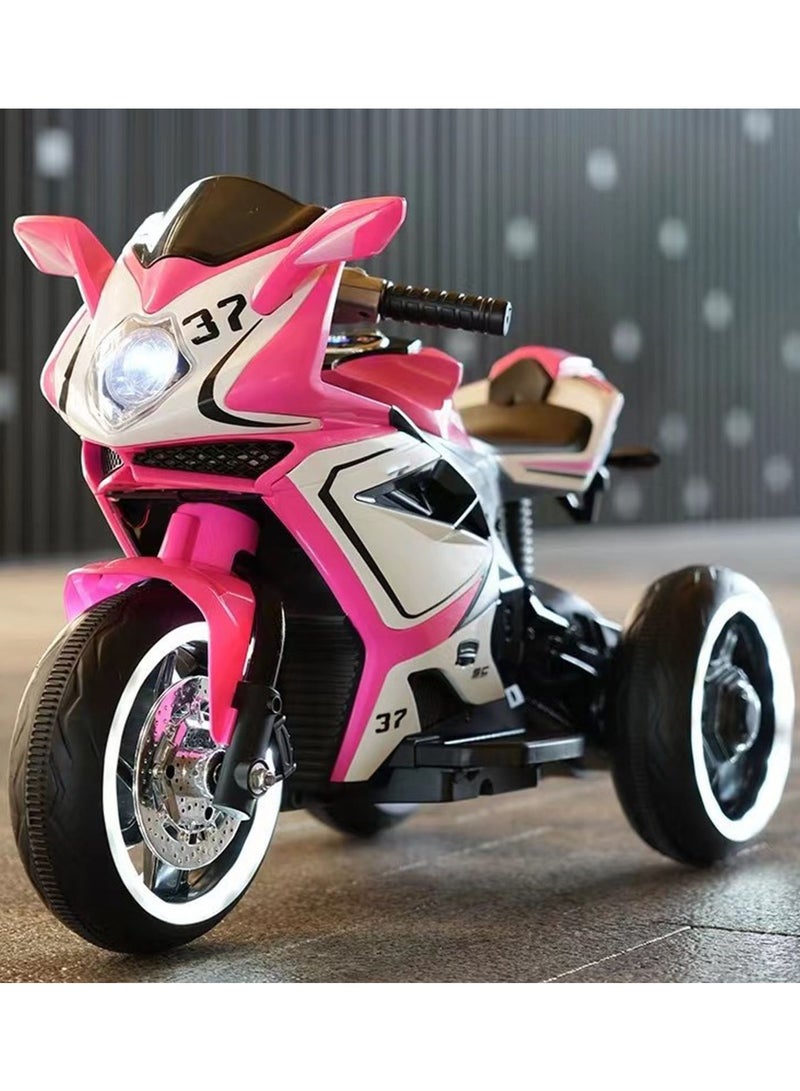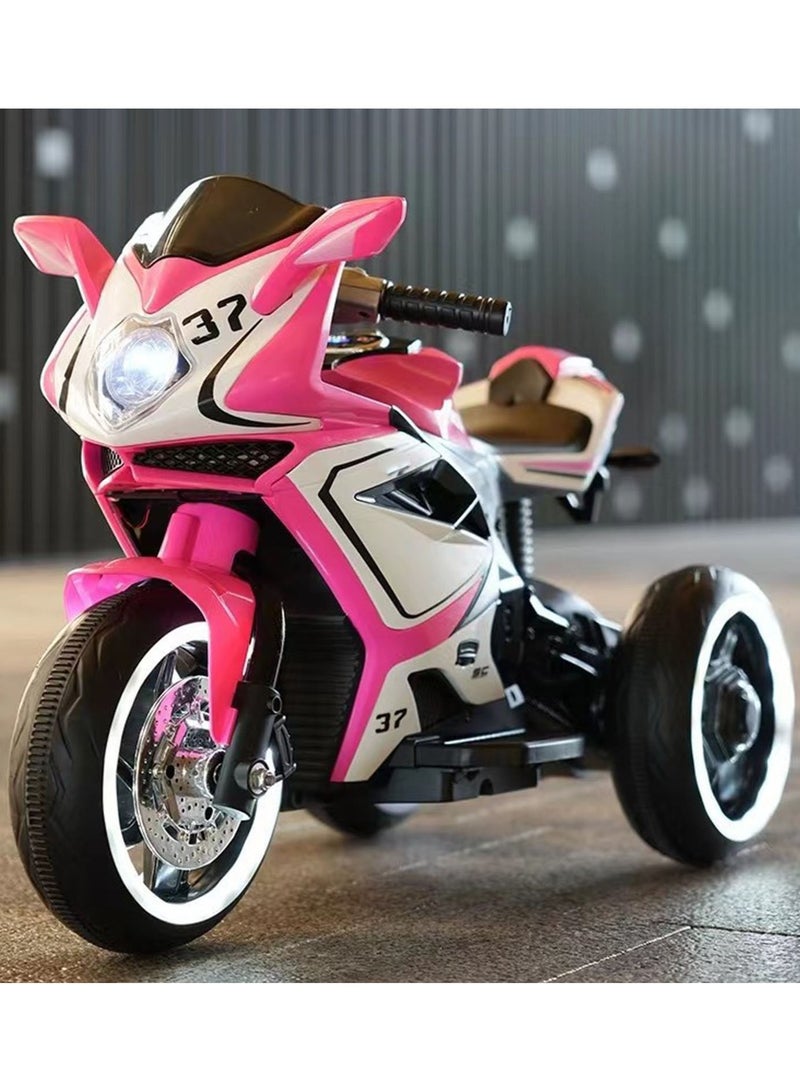Key Features:
1. Parental Push Handle for Easy Control
Adjustable and Comfortable Design: The tricycle is equipped with an ergonomic push handle that allows parents to easily control the direction of the tricycle. The handle is adjustable to accommodate different parent heights, ensuring a comfortable pushing experience for moms and dads of all sizes.
Full Parental Control: When a child is too young to pedal or steer, the push handle enables parents to safely steer the tricycle. Whether a child is just learning to sit or has yet to develop pedaling skills, the parental push handle ensures complete control over the tricycle’s movement.
Lockable Handle for Stability: The handle often comes with a locking mechanism, allowing the parent to safely control the direction of the tricycle when in “parent mode”. When the child is ready, the handle can be detached or switched to a neutral position so that they can take over the ride.
2. Pedals and Pedal Mechanism
Removable pedals for flexibility: For younger children (usually under 2 years old), the pedals can be removed or locked in place, preventing the child from using them and allowing parents to push the tricycle manually. This feature is especially useful for early developmental stages when children are not yet able to pedal.
Pedal system for older children: As your child grows and gains strength and coordination, the pedals can be re-engaged, allowing them to pedal on their own. This feature supports the development of motor skills, promoting physical activity and independence as the child learns to balance, pedal and steer.
Non-slip pedals: The pedals are designed with a non-slip surface, providing better grip and preventing the child’s feet from slipping while pedaling.
3. Safety features to keep your child safe
3-point or 5-point safety harness: The safety harness system is one of the most important safety features of a toddler tricycle. Most models come with a 3- or 5-point harness (similar to those found in car seats), ensuring your child is securely strapped into the seat while riding.
Adjustable harness: The harness is adjustable, allowing for a customised and comfortable fit as your child grows. This ensures your little one stays securely seated, even during bumpy rides or turns.
Side guards or a safety bar: In addition to the harness, many tricycles come with side guards or a removable safety bar around the seat. These provide extra protection to prevent your child from falling out, especially when they are too young to sit up unaided.
Footrests for toddlers: For children who are not yet able to pedal, adjustable footrests are often included. These allow the child to rest their feet comfortably while the parent pushes the tricycle, keeping them out of the way of the pedals and wheels.
4. Comfortable and supportive design
Padded seat with backrest: The seat is usually padded, ensuring that the child’s ride is as comfortable as possible. The backrest provides additional support, helping toddlers maintain a stable and safe seating position.
Outdoor Sunshade: Many kids’ tricycles come with a removable sunshade or adjustable sunshade, providing protection from the sun’s harmful rays during outdoor trips. The sunshade can usually be adjusted or removed as needed.
Storage Basket or Bag: A small storage basket or compartment in the back is often included, making it easy to carry snacks, drinks, or small toys while out on a trip. This feature is especially useful for trips to the park or grocery store.
5. Durability and Safety Features
Durable and Non-Toxic Materials: These tricycles are built with a high-quality steel or durable plastic frame, designed to withstand daily use and last for years. The materials are non-toxic, ensuring your child’s safety if they touch or chew on any parts.
All-Terrain Wheels: The wheels are often made of rubber, providing great traction and stability on a variety of surfaces, including sidewalks, grass, or dirt paths. The wheels are large enough to help prevent tipping but not so large that they make the tricycle difficult to maneuver.
Non-slip handlebar: The handlebar is covered with a soft, non-slip grip, allowing your child to hold it securely while learning to steer. The handlebar is designed to be easy for little hands to grip.
6. Convertible and Adjustable Design
Multi-Stage Functionality: One of the main benefits of a tricycle for kids is its convertibility. Many models are designed to grow with your child. They start as a fully controlled stroller-like tricycle (with a parent push handle and locked pedals) and later transition to a more traditional tricycle as your child gains the ability to pedal and steer independently.
Adjustable Seat and Footrest: The seat and footrest can often be adjusted in height and angle to accommodate your child’s growth. This makes it easier to provide a comfortable and ergonomic position at every stage of development
- 1. Parent Push Handle Adjustable Handle: The push handle allows parents to control the direction and speed of the tricycle when the child is too young to pedal or steer themselves. The handle is often adjustable to suit different parent heights.
- Removable Pedals: On many models, the pedals can be removed or locked to prevent the child from pedaling when they're too small to safely do so. This allows the parent to push the tricycle instead.
- Safety Belt Harness System: A 3-point or 5-point safety harness (similar to a car seat belt) ensures that the child is safely strapped into the tricycle seat. This feature is crucial for younger children who may not yet have the balance or coordination to sit independently.











































































































































































































































































































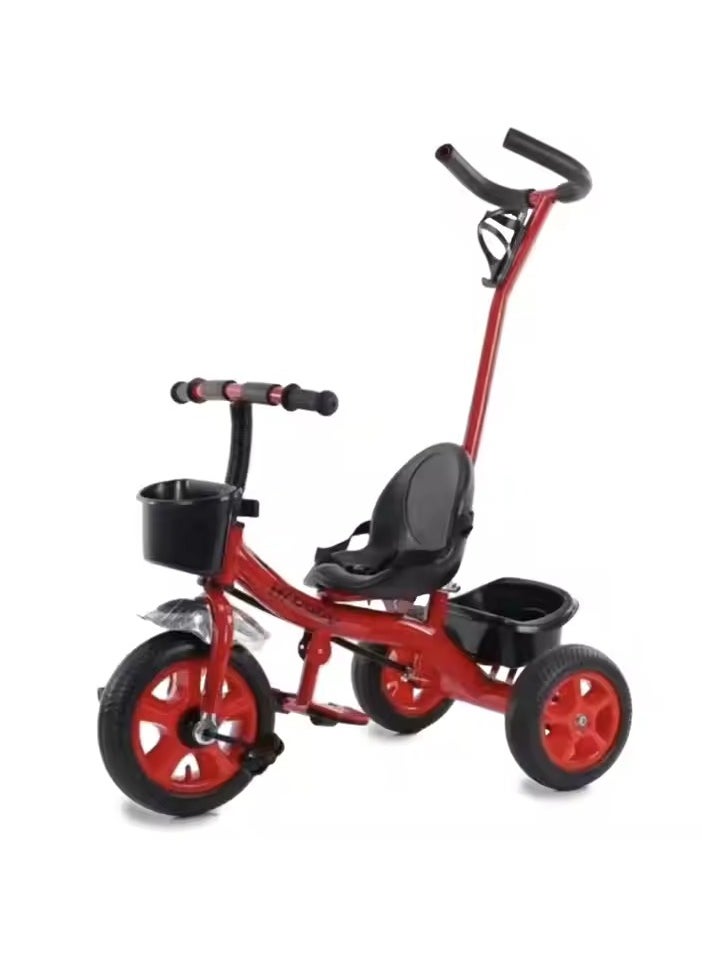
 تحویل بین 22 آذر الی 01 دی
تحویل بین 22 آذر الی 01 دی
 گارانتی اصالت و سلامت فیزیکی کالا
گارانتی اصالت و سلامت فیزیکی کالا
 ارسال رایگان به سراسر کشور
ارسال رایگان به سراسر کشور
